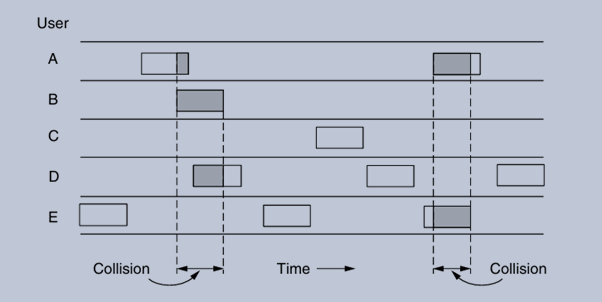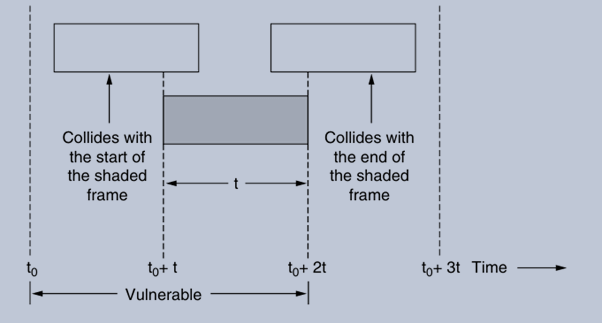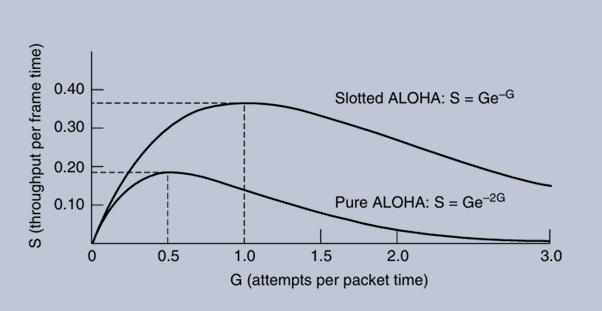Understanding ALOHA: The Foundation of Multiple Access Protocols
The story of the ALOHA system begins in the early 1970s in the beautiful yet isolated environment of Hawaii. Researchers at the University of Hawaii, led by Norman Abramson, faced a significant challenge: connecting users on remote islands to a central computer in Honolulu without a functional telephone system. The geographical isolation of these islands made traditional communication methods impractical. Instead of laying cables under the vast Pacific Ocean, which would have been both costly and logistically challenging, they innovatively turned to short-range radio communications. This decision led to the development of the ALOHA system, a groundbreaking approach to network communication that would influence multiple access protocols for decades to come.
What is ALOHA?
The ALOHA system is a pioneering multiple access protocol that allows multiple users to share a single communication channel. It operates on the principle of contention, where users transmit data whenever they have it, leading to potential collisions when two or more users send data simultaneously. The ALOHA system has two main versions: Pure ALOHA and Slotted ALOHA. Each version has its unique characteristics and efficiencies, which are crucial for understanding how data is transmitted in shared environments.
Pure ALOHA
In Pure ALOHA, users can transmit data at any time. This flexibility is one of the system’s main advantages, as it allows for spontaneous communication. However, this freedom comes with the risk of collisions, where two or more frames overlap and become garbled. When a collision occurs, the data becomes corrupted, and the affected users must retransmit their frames. To determine if a transmission was successful, the central computer rebroadcasts the frame to all stations. If a user’s frame is not acknowledged within a certain timeframe, they will wait a random amount of time before attempting to retransmit. This randomness is crucial to prevent repeated collisions, as it reduces the likelihood that the same users will attempt to transmit simultaneously again.
The efficiency of Pure ALOHA is relatively low compared to other protocols. The maximum throughput occurs at a traffic load of 0.5, yielding a channel utilization of only about 18%. This means that under ideal conditions, only 18% of the transmitted frames successfully escape collisions. The remaining frames either collide or are lost, highlighting the challenges of using a contention-based approach in a busy network environment.
Slotted ALOHA
To improve upon Pure ALOHA, Roberts introduced Slotted ALOHA, which divides time into discrete intervals or slots. In this version, users must wait for the beginning of the next time slot to transmit their data. This modification effectively reduces the vulnerable period for collisions, as transmissions are now synchronized to specific time slots. By doing so, Slotted ALOHA effectively doubles the system’s capacity compared to its predecessor.
In Slotted ALOHA, the maximum throughput occurs at a traffic load of 1, achieving a channel utilization of approximately 37%. This means that under optimal conditions, 37% of the slots are empty, 37% are successful transmissions, and 26% result in collisions. The structured nature of Slotted ALOHA allows for more efficient use of the communication channel, making it a more viable option for environments with higher traffic loads.
The Importance of ALOHA in Modern Networking
Although initially developed in the 1970s, the ALOHA protocol has seen a resurgence in relevance with the advent of technologies like cable internet access, wireless networks, and RFID systems. Its principles are still applicable in various modern applications, demonstrating the enduring value of this early innovation in network design. For instance, the concepts of contention and random access are foundational to many contemporary wireless communication protocols, including those used in mobile networks and satellite communications.
Moreover, the ALOHA protocol has influenced the development of more advanced protocols, such as Carrier Sense Multiple Access (CSMA) and its variations, which incorporate mechanisms to listen to the channel before transmitting. These advancements build upon the basic principles established by ALOHA, showcasing how foundational ideas can evolve into more sophisticated systems.
Conclusion
The ALOHA system laid the groundwork for many contemporary multiple access protocols. Understanding its mechanisms—both Pure and Slotted ALOHA—provides valuable insights into how networks manage shared communication channels. The simplicity and effectiveness of the ALOHA protocol serve as a reminder of the importance of innovation in addressing communication challenges. As technology continues to evolve, the principles of ALOHA may find new applications, reminding us that sometimes, the solutions to current challenges can be found in the past. The legacy of ALOHA is not just in its historical significance but also in its ongoing influence on modern networking technologies. By studying ALOHA, we gain a deeper appreciation for the complexities of network communication and the innovative spirit that drives technological advancement.
In summary, the ALOHA protocol represents a critical milestone in the evolution of network communication. Its development was a response to the unique challenges faced by researchers in Hawaii, and its principles continue to resonate in today’s digital landscape. As we explore new frontiers in networking, the foundational concepts of ALOHA remind us of the importance of adaptability, efficiency, and the quest for innovative solutions in the ever-changing world of technology.
